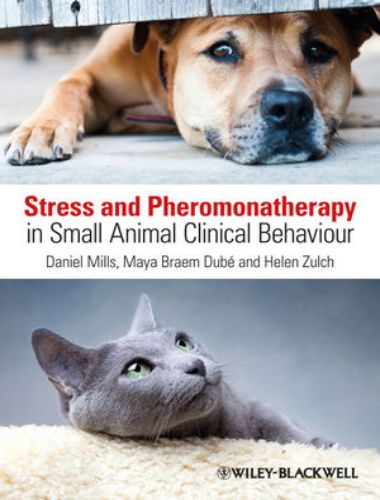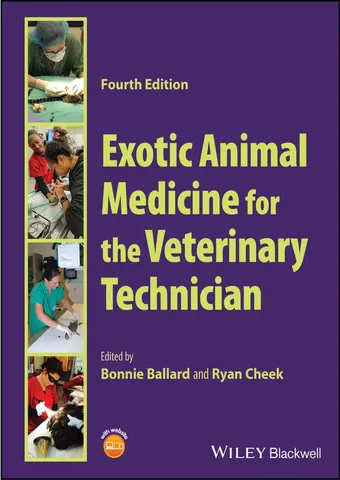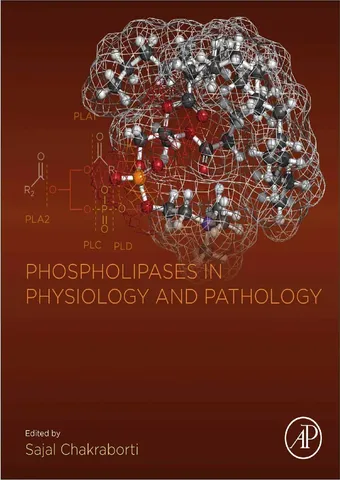Stress and Pheromonatherapy in Small Animal Clinical Behaviour
By Daniel Mills, in October 2012, File Type: PDF

The first part of the book deals with some fundamental concepts, focusing on the key concepts of stress, communication and perception. It then provides a framework for the evaluation of problem behaviour to allow consideration of the possible role or not of pheromonatherapy. Part 2 covers the application of these concepts to a range of specific situations, concentrating on conditions in which there has been most research to support the efficacy of pheromonatherapy.
Stress and Pheromonatherapy in Small Animal Clinical Behaviour is about how stress impacts on animal behaviour and welfare and what we can do about it, especially by using chemical signals more effectively. This readily accessible text starts from first principles and is useful to both academics and practitioners alike. It offers a framework for understanding how pheromonatherapy can be used to encourage desirable behaviour in dogs and cats and also a fresh approach to understanding the nature of clinical animal behaviour problems.
The authors have pioneered the use of pheromone therapy within the field of clinical animal behaviour. As the culmination of many years of research and experience, they offer sound evidence-based advice on how and when pheromones can be used most effectively.
The book Stress and Pheromonatherapy in Small Animal Clinical Behaviour is suitable for veterinarians in small animal practice, students of clinical animal behaviour, veterinary nurses and technicians, as well as specialists and researchers in animal behaviour therapy.
Download More: Behaviour Problems in Small Animals
At many points in the book, we try to clarify other potential inconsistencies in scientific language in a similar way. Indeed, we also devote a considerable amount of text to the other keyword in the title of this volume: ‘stress’. We argue that the concept is of very limited value without an appreciation of its qualitative property in a given context if we wish to manage it effectively. The limitations of previous thinking only become more fully appreciated in light of an understanding of the role of affective systems in the control of behaviour, a topic which has often been ignored, but which we also try to address at some length in Part I.
Although Part I deals with some fundamental concepts, it only focuses on those areas which are likely to be less familiar to the typical reader. It does not deal with those which we believe are well covered in other clinical animal behaviour texts, such as pure and applied learning theory, history-taking and counselling skills, so the less experienced reader should reference such other texts as appropriate.
In Part II we illustrate the application of these concepts to a range of specific situations. This is not intended to be an exhaustive list of common conditions encountered, or even of those in which pheromonatherapy may be applied, but rather covers those situations in which there has been the most research to support pheromonatherapy’s efficacy. Thus we do not deal with aggressive behaviour, despite its obvious prevalence in clinical-behaviour case loads. The research is not finished and clearly no trial is definitive, but we try to explain why we favour a particular interpretation of the uncertainty that remains. Recently, Ceva Animal Health has produced a freely available text summarising each published trial to date. We have therefore not repeated the details here; rather, the reader can obtain this supplementary text from Ceva if interested.
In conclusion, it is our genuine hope that this book will be useful to both academics and practitioners alike in the field of clinical animal behaviour and will stimulate further positive and constructive debate, not just about the use of pheromonatherapy but also about other important concepts relevant to animal welfare. We do not wish you to blindly believe everything, nor do we want you to dismiss things out of hand, but rather we hope to make you think and reflect, and perhaps to make new discoveries as a consequence. It is in this way that we can genuinely hope to do all that is in our power for the ultimate benefit of our patients.
[expand title=” “]
| Book Name: | Stress and Pheromonatherapy in Small Animal Clinical Behaviour |
| File Size | 8 MB |
| File Format | |
| Download Link | Download |
| Password | PDFLibrary.Net |
[/expand]






